Foreign Dispatch: Syria’s Lost Generation [VIDEO]
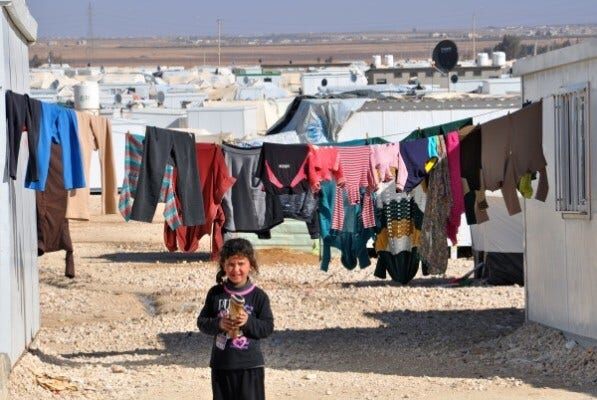
By FOX News Radio’s Emily Wither at a refugee camp on the Syrian-Jordanian border
A pack of boys, a little more than 10 years old, crouch down to collect rocks from the dusty desert ground.
“I reckon those are headed for us,” remarks my translator, quickening his pace back to the car. He was right.
Nearly half of the Syrian refugees at Za’atari camp are children. A sprawling mass of tents and caravans in the middle of the Jordanian desert. It’s a place where conflict is robbing many of their childhood. Over 100,000 Syrians live here making it the country’s fourth largest city and the world’s second largest refugee camp.
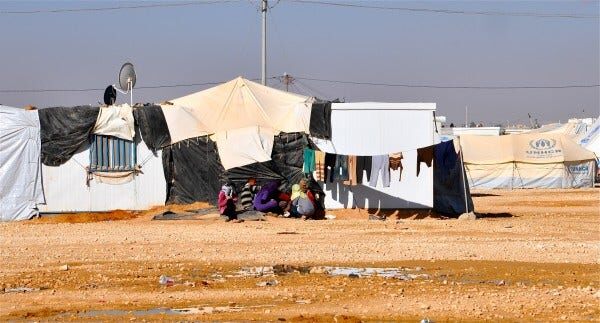
“Imagine, this new generation cannot read or write and they are growing up filled with hate, dreaming of becoming fighters,” explains Mohamed.
Mohamed is the leader of what is known as section 1 or downtown. It’s the oldest, most condensed part of the camp and the area aid workers here consider the most dangerous.
“A kid as young as 12 asked his father the other day– ‘why isn’t the U.S. helping us?’” He angrily spits out the words explaining that many hate America for not trying to stop the conflict. “Children five years-old are being slaughtered like sheep and your heart won’t move?”

As the call to prayer rings out in the distance, we drink sweet tea in Mohamed’s home with his wife and three kids. He’s been here since the camp sprung up more than a year and a half ago and his tent has been replaced with a prefabricated hut.
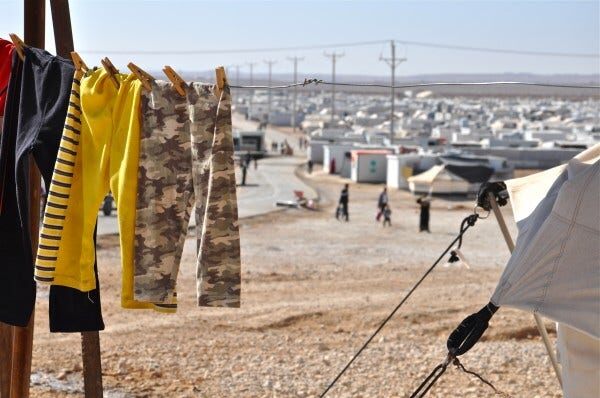
Like many at Za’atari, he has an eye on events in Geneva where the opposition are holding the first face-to-face talks with the regime. But hopes for a peace deal aren’t high here with many Syrians telling me President Assad can only be removed by force.
The growth of this settlement is staggering. I was here just over a year ago when there was little more than tents and dust. Since then, the population has more than doubled and most Syrians now live in caravans. There are also three hospitals and two supermarkets have just opened.
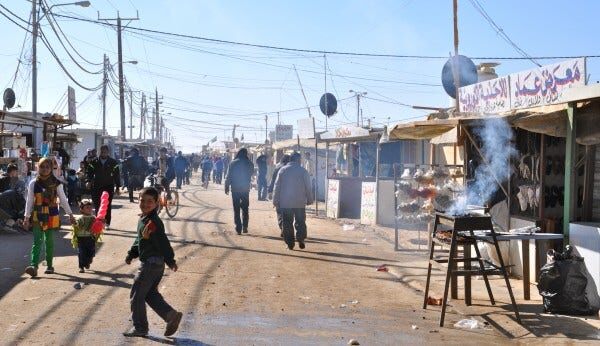
A few steps from Mohamed’s home is a bustling market street nicknamed by some aid workers the “Champs-Elysee”. Entrepreneurial residents have opened some 3,000 makeshift shops selling everything from nuts to wedding dresses. There are also cafés, butchers and cell phone stores.
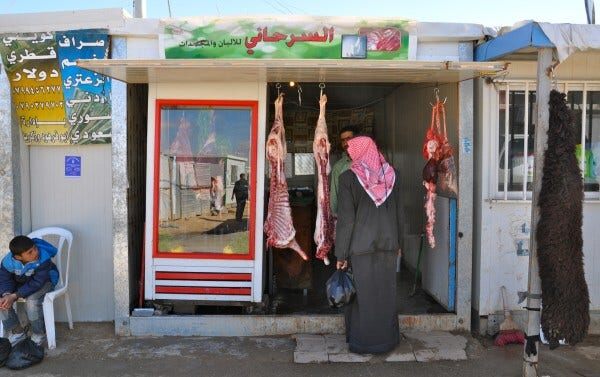
But this new city in the desert– just over seven miles from the Syrian border, is dusty, dirty and difficult to live in.
“If there was a no-fly zone put in place we’d go home straight away, it’d be safe for us to go home,” Jawad said.
He’s been at the camp for seven months with 13 members of his family. They wash, cook and sleep together in an area not much bigger than a small studio.

“There is no life here,” he adds– telling me he doesn’t send his kids to school in the camp because there is a lot of fighting.
There are number of schools at Za’atari, but attendance is low. The camp manager from the U.N. refugee agency, Kilian Kleinschmidt, says he worries Syrian children are becoming a lost generation.
“When you look into the eyes of kids you don’t see kids, you see little adults,” he said.
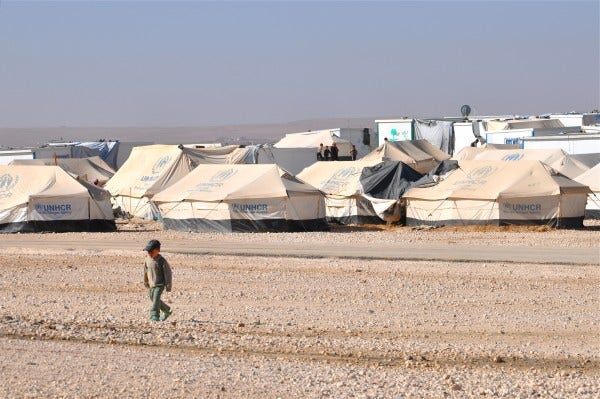
Kleinschmidt says there is a lot of violence among the kids and they’re responsible for most of the security incidents at Za’atari.
“You’re seeing little kids helping the big boys do bad things,” he added.
Among the estimated 2.5 million Syrians that fled the country since the conflict began, one million of them are children. The U.N. High Commissioner for Refugees recently warned that children face a “catastrophic” life in exile as many miss out on an education and are forced into work early.
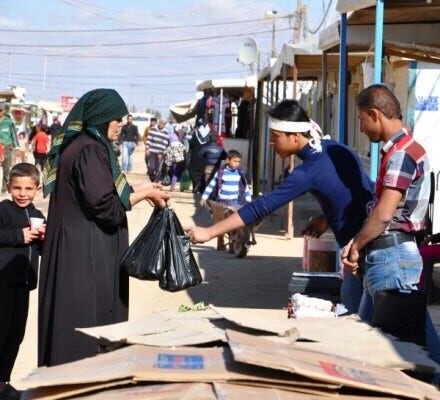
“We must remember that displacement is tragic,” Kleinschmidt said. “This crisis is the most dramatic crisis we have seen since probably the Second World War with the tsunami of people in the region and within Syria.”
WATCH FOX News Radio’s Emily Wither reporting from the refugee camp:
LISTEN to some of Emily’s reporting from a refugee camp on the Syrian-Jordanian border:







